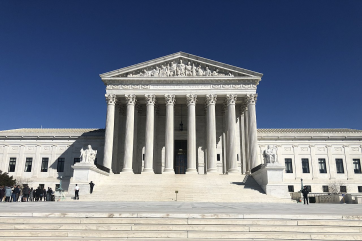Access to nature trails could help reduce youth obesity, according to a recent study.
Researchers from the University of Missouri and the University of Minnesota have found that counties with more non-motorized nature trails and forest lands have higher levels of youth activity and lower youth obesity, while counties with more nature preserves have lower activity levels. They suggest that local governments can decrease youth obesity rates by increasing the amount and type of public lands available for recreation.
"More non-motorized nature trails available for use by youth in a particular county lead to an increase in the physical activity rates as well as lower youth obesity rates," Sonja Wilhelm Stanis, an associate professor of parks, recreation and tourism, said in a statement. "This was in contrast to counties with more nature preserves, which showed decreased levels of physical activity among youth, and parklands, which did not show any relationship with obesity levels and physical activity of youth. Overall, this research shows how local policymakers can impact the health of their youth through land-use decisions."
For the study, Wilhelm Stanis and her colleagues analyzed data from every county in the state of Minnesota and compared youth activity rates and youth obesity rates to amount of public non-motorized nature trails, motorized nature trails, nature preserves, parklands and forest land.
Based on their findings, the research team determined that increased access to non-motorized nature trails is associated with increased youth physical activity and lower levels of youth obesity, while increased access to nature preserves was associated with lower levels of physical activity. Public forest land was also associated with higher activity rates; the researchers did not find any relationship among parklands and activity or obesity rates.
"The finding that nature preserves tend to be linked with lower levels of physical activity isn't surprising," Wilhelm Stanis said. "Typically, patrons of preserves visit them to observe and appreciate nature, not necessarily to exercise, while non-motorized trails are used specifically to walk, run or bike. Nature preserves are valuable resources for communities; however, this research shows the importance of diversifying the types of public lands available to community residents, especially in communities that struggle with high obesity rates among their youth."
Wilhelm Stanis emphasized that it is important for local policymakers to evaluate their existing outdoor recreation resources to determine if they are maximizing the ability of community members to remain active.
The findings were published in the journal Preventative Medicine.








